NASA to adjust Hubble Space Telescope orientation
Tuesday, June 11, 2024
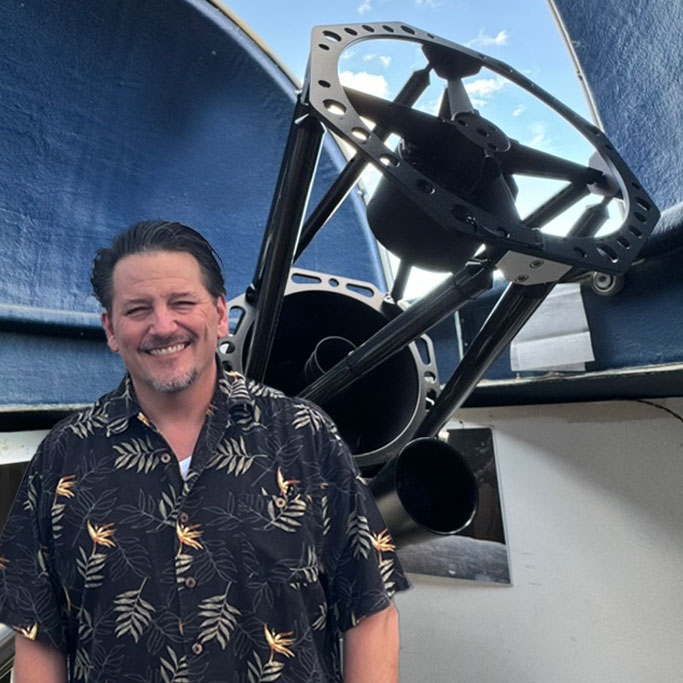
|
Richard Harris |
NASA is set to adjust the operational mode of the Hubble Space Telescope, transitioning it to use only one gyroscope. This change aims to extend Hubble's operational life and ensure continued scientific observations, despite recent issues with one of its gyroscopes.
NASA is set to change how it directs the Hubble Space Telescope, transitioning it to operate using only one gyroscope (gyro). This decision follows a series of tests and careful considerations. The telescope, which entered safe mode on May 24, will remain in this state until the transition is complete. This adjustment will allow Hubble to continue its astronomical observations into the next decade, with most of its work remaining unaffected.
Currently, Hubble has six gyros on board, three of which are active. These gyros measure the telescope's slew rates and help control its pointing direction. Over the past six months, one gyro has frequently given faulty readings, causing the telescope to enter safe mode multiple times, thus halting scientific observations until new instructions are received from the ground.
NASA to change how it directs Hubble Space Telescope
The problematic gyro is experiencing "saturation," where it indicates the maximum slew rate value possible regardless of the actual rate. Although the team has been able to reset the gyro's electronics temporarily, the issue reoccurs, as seen again in late May.
To ensure consistent scientific operations, NASA is shifting Hubble to a one-gyro mode, while keeping another gyro in reserve for future use. This operational mode was considered long ago and is now being implemented. During the fifth and final space shuttle servicing mission in 2009, six new gyros were installed, three of which remain operational, including the problematic one. Hubble typically uses three gyros for maximum efficiency but can still perform scientific observations with just one. NASA developed this plan over 20 years ago as a way to extend Hubble's life and maintain its scientific capabilities with fewer than three gyros. Hubble operated in two-gyro mode from 2005-2009 and briefly demonstrated one-gyro operations in 2008 without affecting observation quality.
In one-gyro mode, some minor limitations are expected. The telescope will take longer to lock onto targets and will have less flexibility in its observational range at any given time. It will also be unable to track moving objects closer than Mars, which are rare targets for Hubble.
The transition process includes reconfiguring the spacecraft and ground system and evaluating the impact on future planned observations. The team expects to resume scientific operations by mid-June. Once in one-gyro mode, NASA anticipates that Hubble will continue making significant cosmic discoveries alongside other observatories like the James Webb Space Telescope and the future Nancy Grace Roman Space Telescope for many years.
Launched in 1990, Hubble has more than doubled its expected design lifetime, having observed the universe for over three decades and recently celebrating its 34th anniversary.
Learn more about NASA’s Hubble Space Telescope on the agency’s website:
ScopeTrader's latest survey
Featured Stories

Stay Updated
Sign up for our newsletter for the headlines delivered to youSuccessFull SignUp

|


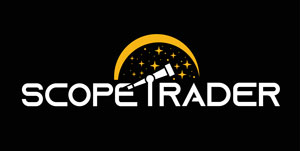
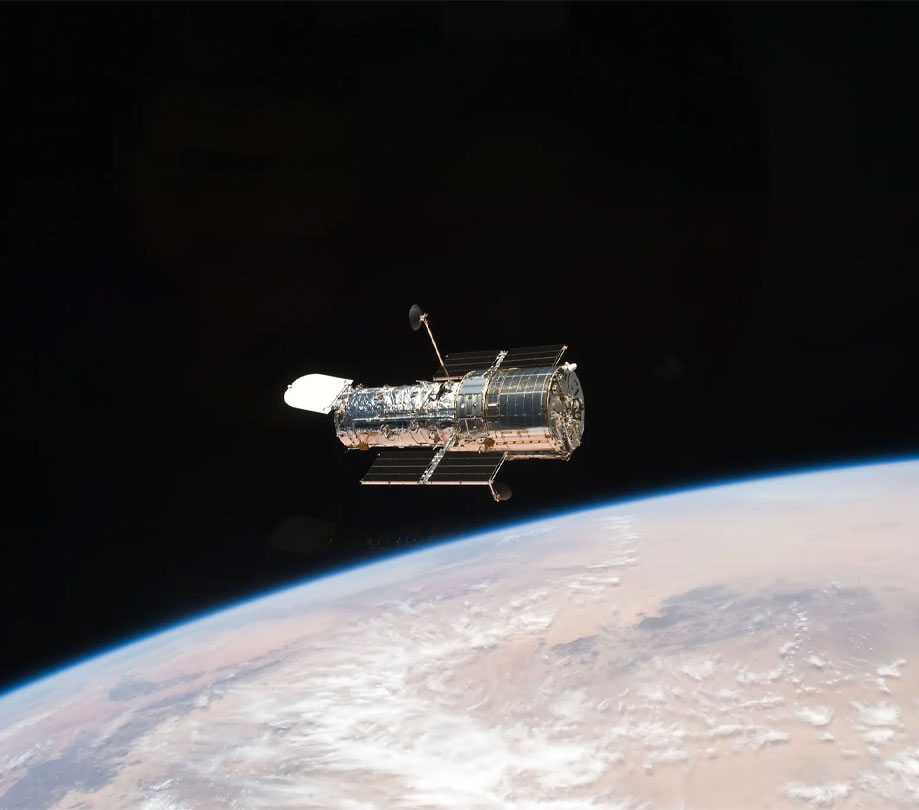

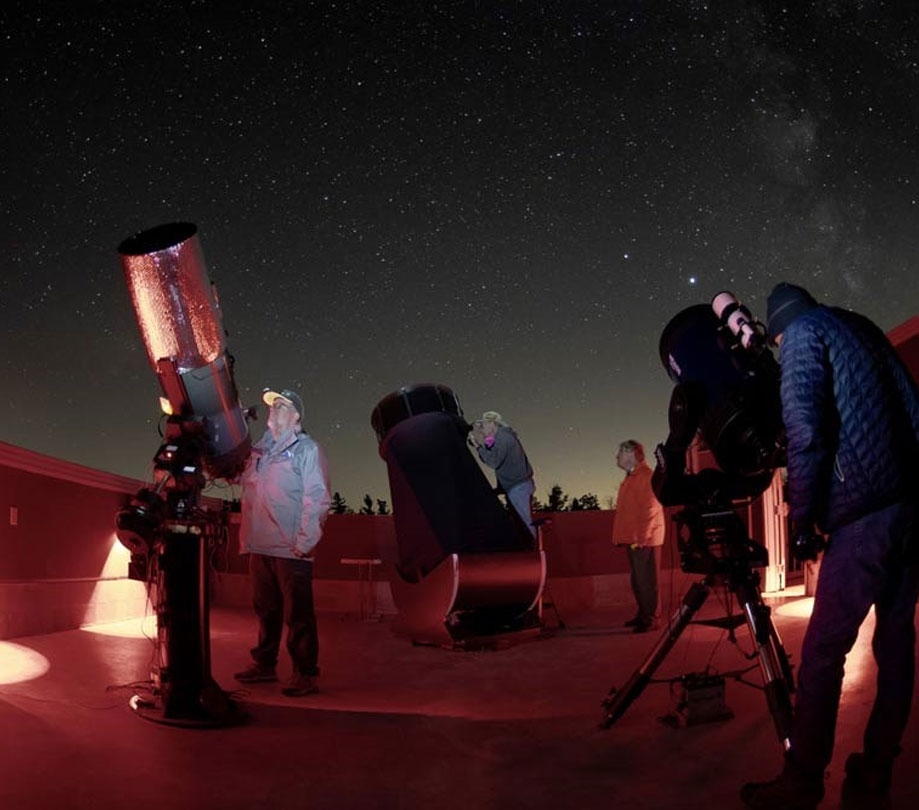
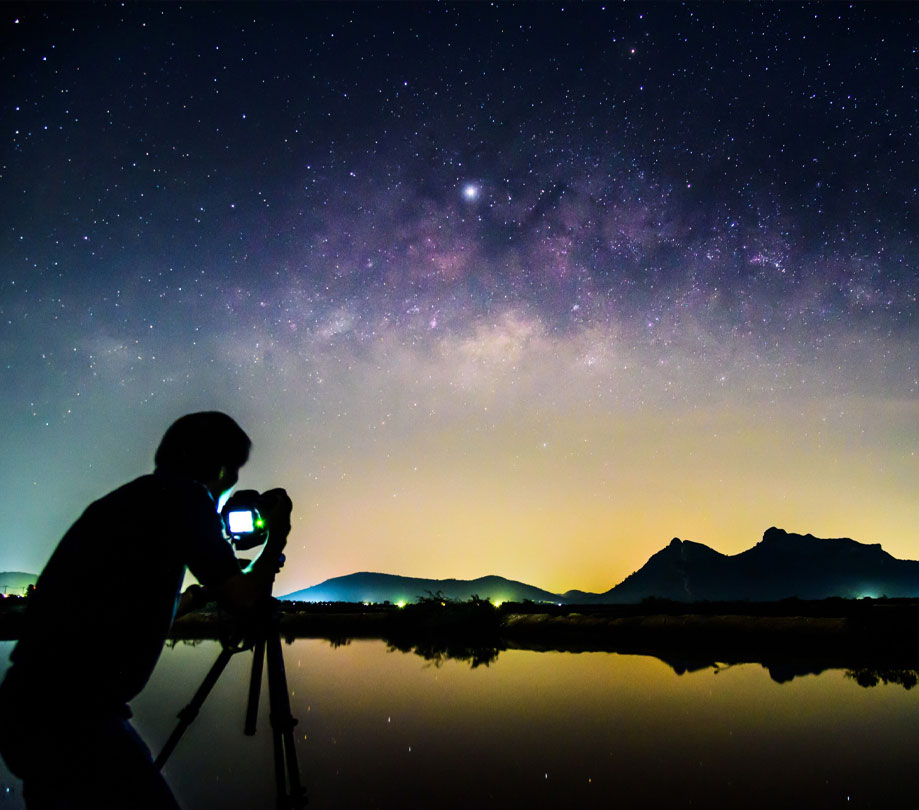
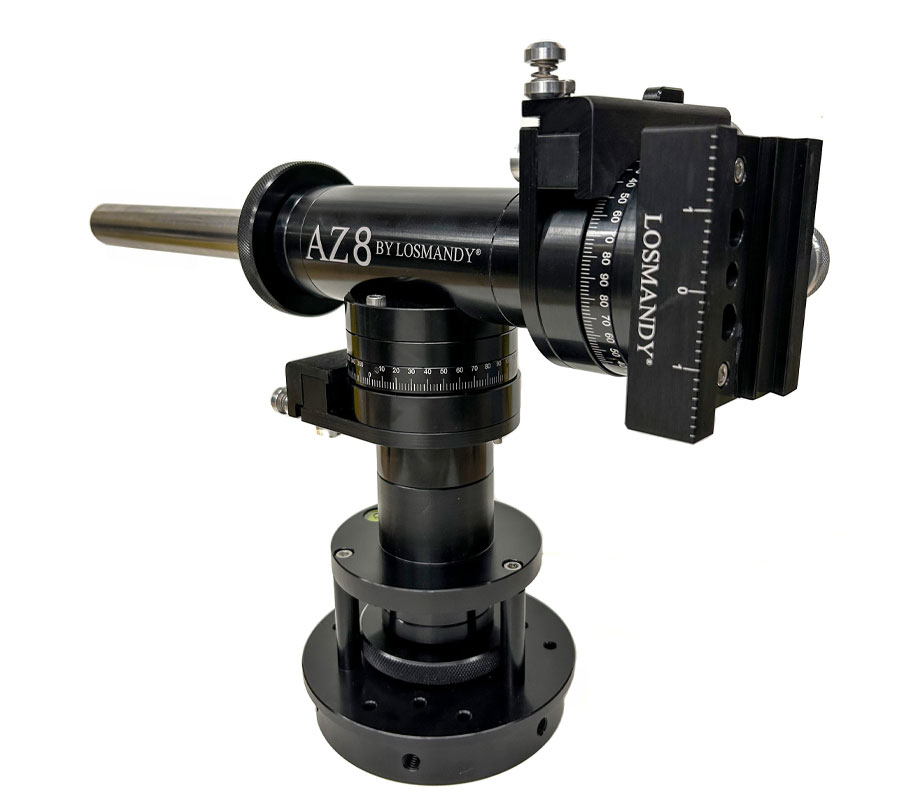
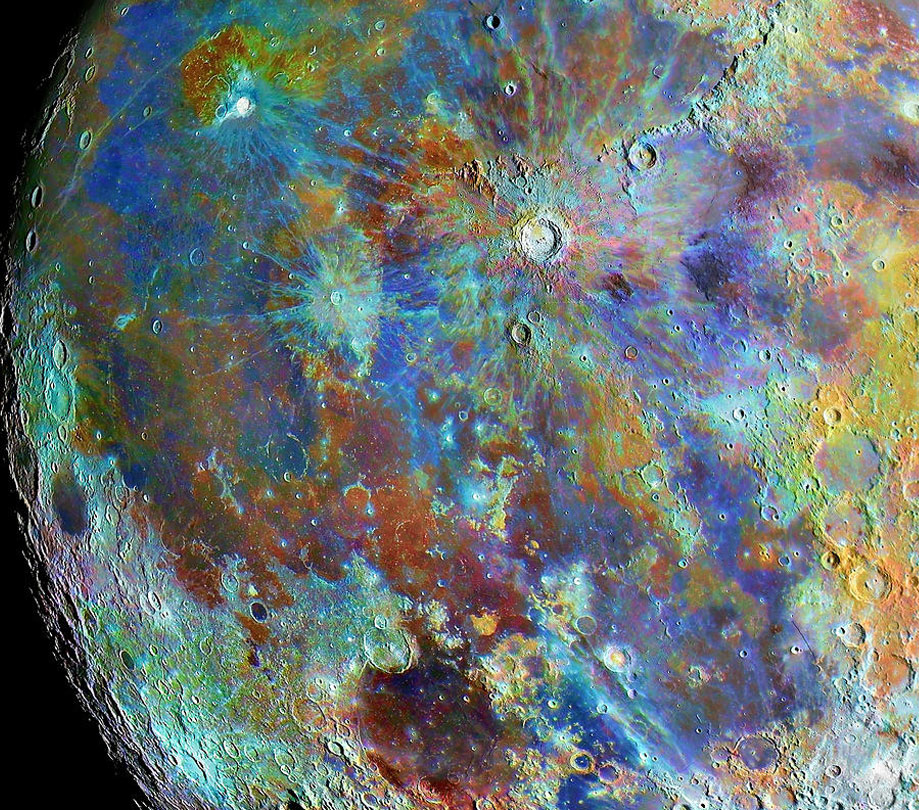
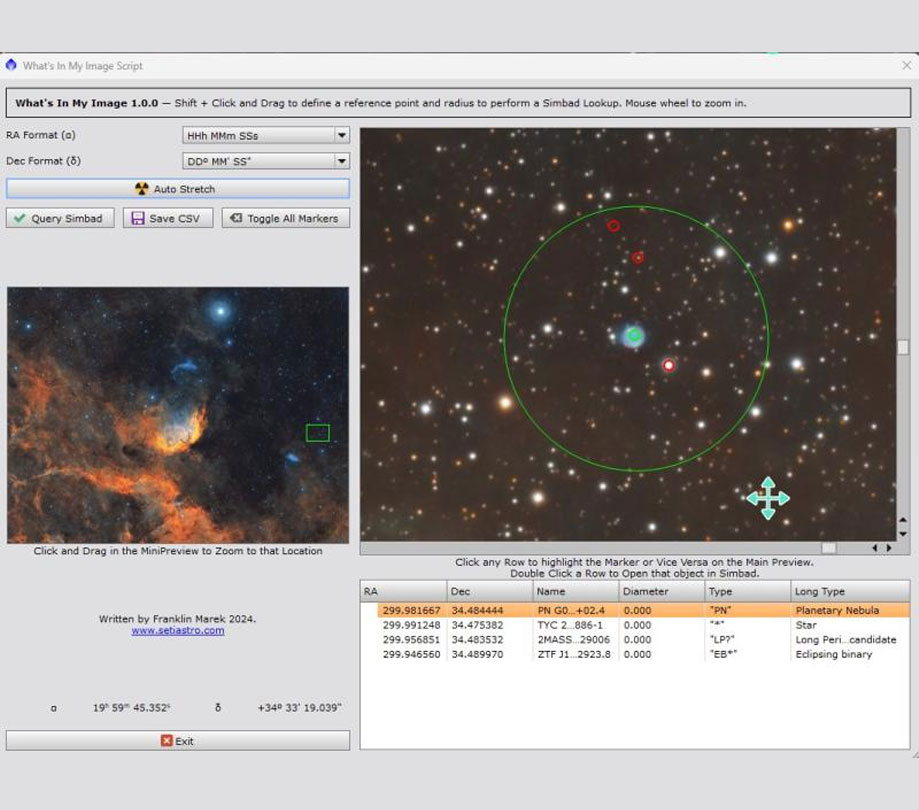
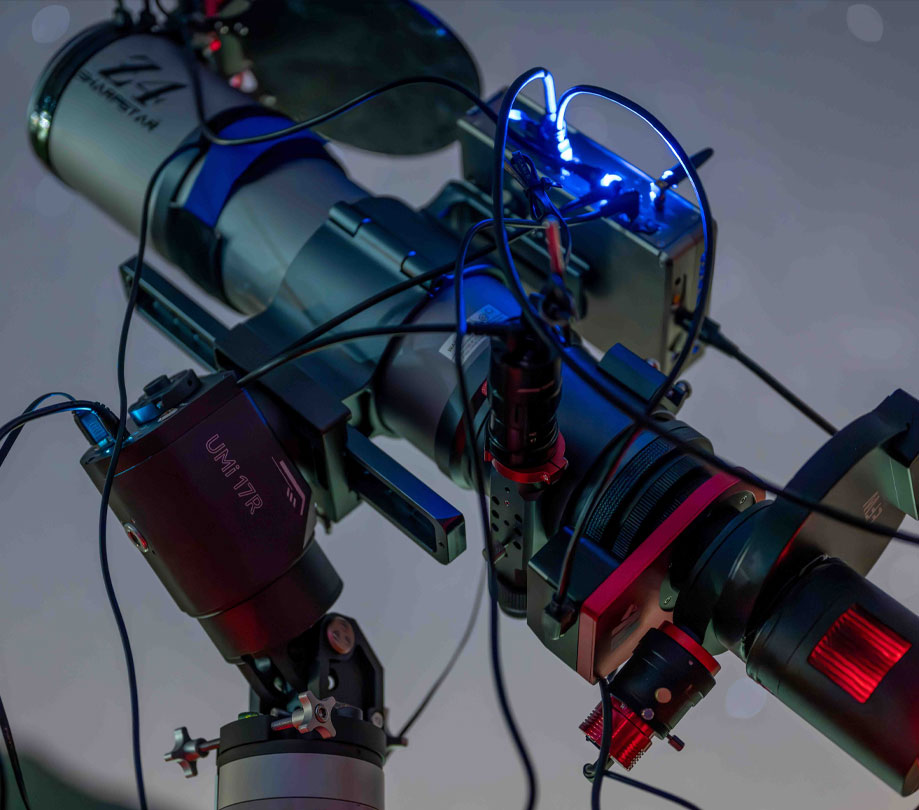
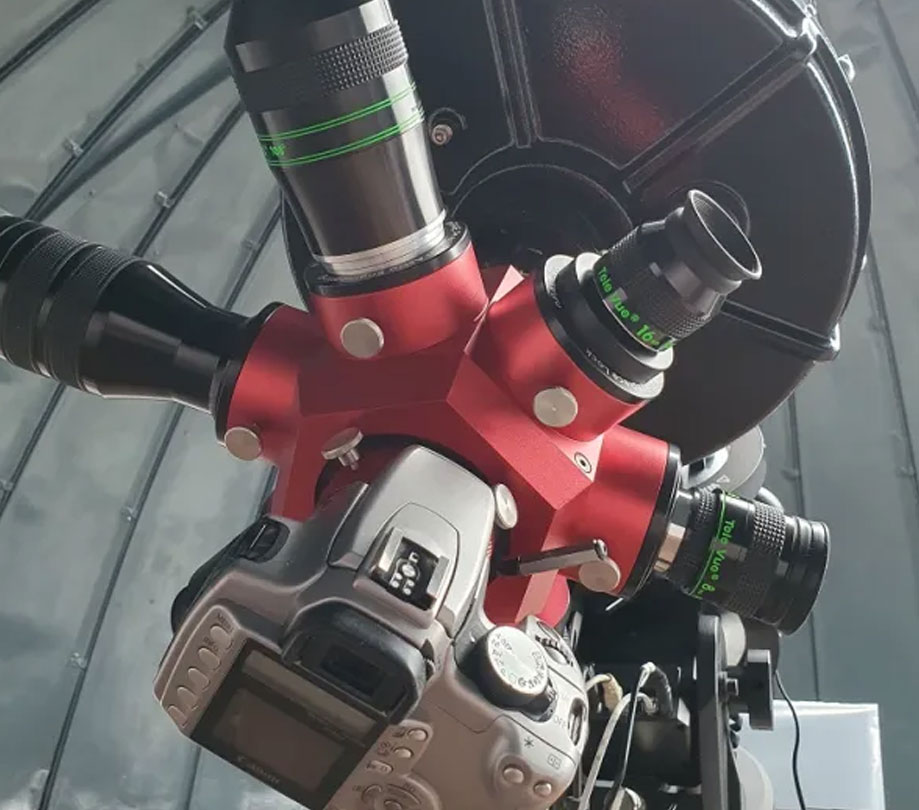
Comments